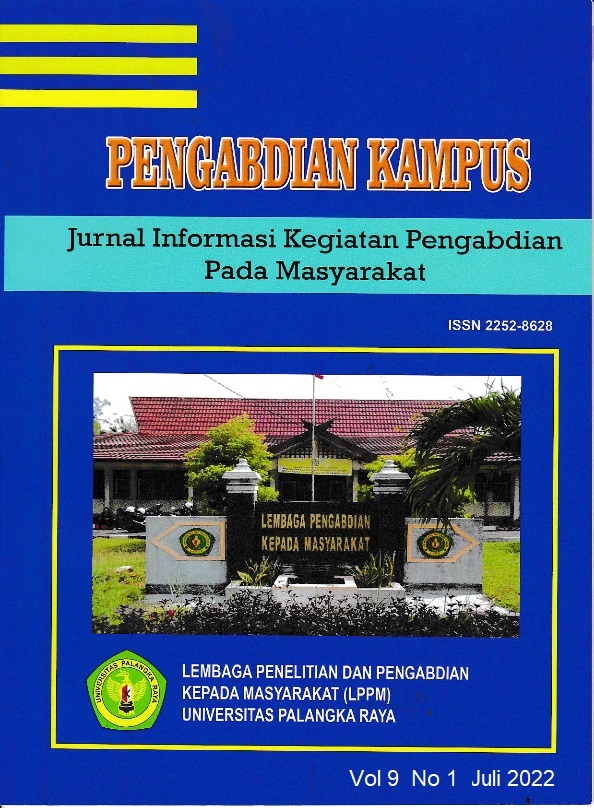Peningkatan Kompetensi Mahasiswa Program Studi Pendidikan Teknik Bangunan Melalui Pelatihan AutoCAD Dasar
DOI:
https://doi.org/10.52850/jpmupr.v9i1.4197Keywords:
competency, training, AutoCAD basicAbstract
The purpose of this community dedication is to provide insight into knowledge and skills about technological developments in software engineering design in the field of engineering drawing design. Through this activity, it is expected that students of the building engineering education study program can develop and improve competencies, understand technological developments and can apply them in making drawings of building components in two-dimensional form using the AutoCAD application. The target of the service is students of the building engineering education study program. The problem that occurs is the low ability of students to use AutoCAD applications, reaching 60-70% who have not been able to use the application. Implementation is done by training, using synchronous and asynchronous methods. Synchronous method with presentation, practice and discussion, while the asynchronous method through the initial provision of material that can be studied first. The results of the training activities show a success rate with an indication of an increase in the competence of building engineering education study program students in the use of AutoCAD applications, which is 45%. It can be concluded that this training is able to improve student competence in understanding AutoCAD application functions and tools and is expected to be able to compete in the world of work.
Downloads
Downloads
Published
How to Cite
Issue
Section
License
Copyright (c) 2022 NiPutuDiah Permanasuri, Tarita Aprilani Sitinjak

This work is licensed under a Creative Commons Attribution 4.0 International License.










